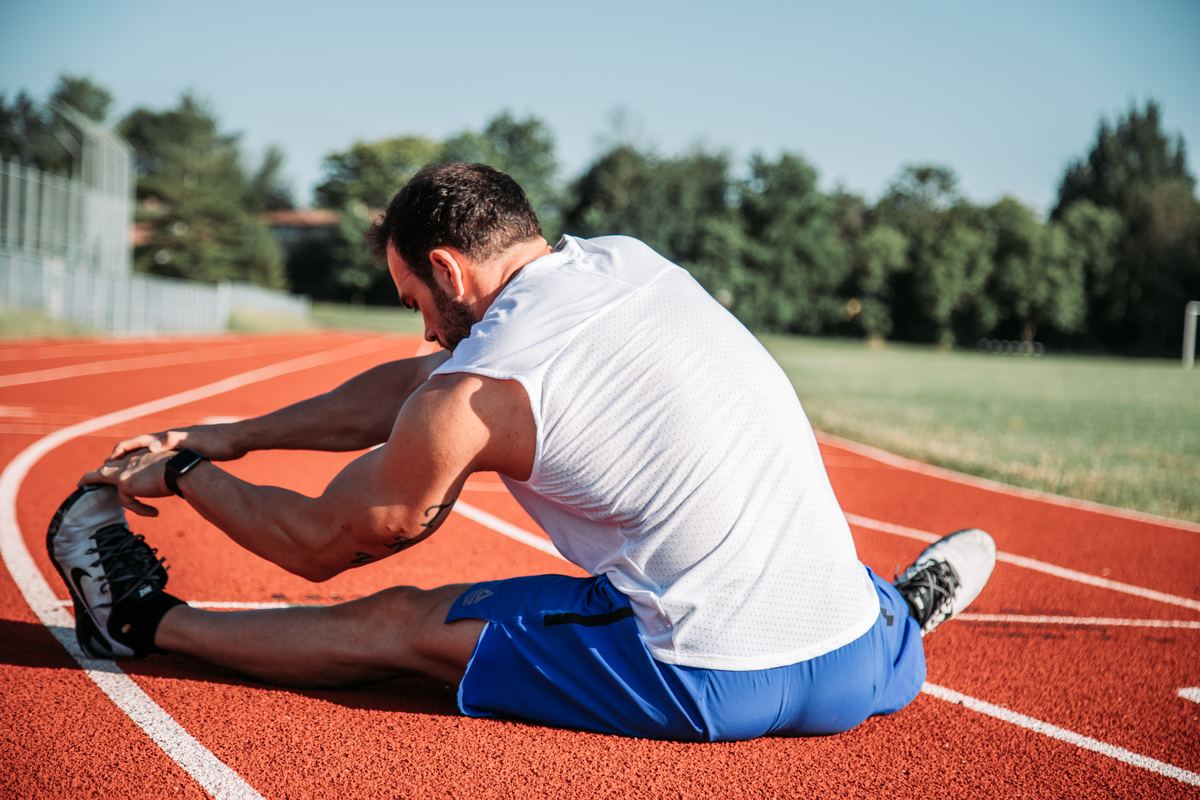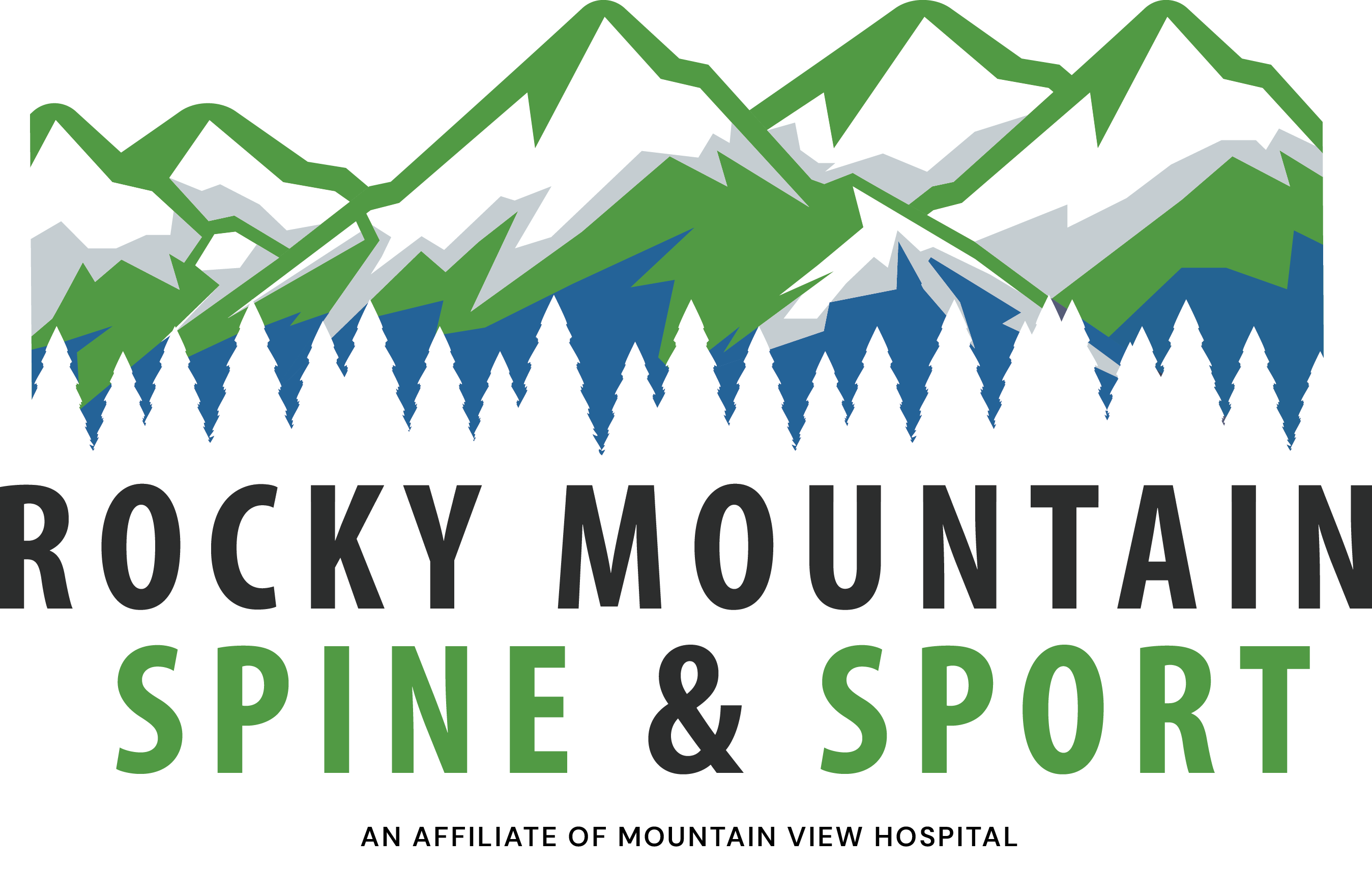How to Incorporate Stretching into Your Daily Routine to Reduce Pain and Stiffness

At times, it can be easy to neglect our bodies during our busy daily lives; activities like sitting for extended periods at work, watching television, or embarking on commutes can take their toll and result in pain, stiffness, and reduced flexibility.
Stretching is an effective solution to alleviate such discomforts and increase overall well-being!
In this blog post, we'll take an in-depth look into stretching as an approach to physical wellness, exploring various stretching techniques available along with exercises designed specifically to maximize benefits derived from stretching into a daily routine.
Stretching for Physical Health
Stretching is more than fun and games; it is an invaluable way to promote overall physical wellness and well-being. Here are six compelling arguments why stretching should become part of your everyday routine.
- Improved Flexibility: Stretching can help improve flexibility by lengthening muscles and tendons, increasing the range of motion for everyday movements, and decreasing risks associated with injury while simultaneously increasing everyday mobility. Risks related to injuries can also be reduced while athletic performance improves.
- Reduce Muscle Tension: Stretching can help ease muscle tension by relaxing tight muscles. Discomfort is relieved while the risk for strains or spasms is decreased, particularly for individuals who spend long durations either seated at a desk or driving.
- Improved Posture: Sitting for long hours often contributes to bad posture and chronic back and neck aches, leaving us in constant discomfort. Stretching exercises targeted specifically towards muscles that are responsible for proper alignment may help people stand taller and feel healthier overall.
- Stress Reduction: Stretching can activate endorphins - your body's natural mood-lifters - which have proven to be highly effective at relieving tension. Stretching serves as a therapeutic way to prepare for a workout and ensure your muscles are prepared for strenuous activity.
- Better Circulation: Stretching increases blood circulation to muscles, helping accelerate recovery after exercise and reducing muscle cramps from occurring.
- Injury Prevention: Regular stretching can also benefit joint health by increasing lubrication and range of motion - decreasing injury risks significantly as we age.
Understanding Different Kinds of Stretching
Stretching can take many different forms and serves a specific function; understanding its varieties allows you to tailor a stretching program specifically for you that meets all your individual needs. Here are the main categories.
- Static Stretching: A great way to increase flexibility, static stretching involves holding a stretch position for an extended amount of time without moving your muscles or joints. It’s an effective technique often included as part of post-workout cool-down routines.
- Dynamic Stretching: Dynamic stretching involves controlled movements that mimic the activity you plan to perform, making it the ideal way to prepare muscles and increase blood flow to joints before starting physical activities such as tennis or cycling. Dynamic stretching increases blood flow to muscles while improving joint mobility and circulation overall.
- Active Isolated Stretching (AIS): Active Isolated Stretching is an excellent way to increase flexibility without overstretching muscles. By holding each stretch for only two seconds before actively contracting it back again, this form of stretching increases flexibility while simultaneously decreasing overstretch risk.
Stretching Exercises
Now that we understand the advantages and types of stretching exercises, let's go over some essential stretching exercises designed to decrease pain and stiffness.
- Neck Stretch: Stand or sit upright while slowly tilting your head sideways toward one shoulder until your ear lands directly against it for approximately 15-30 seconds. Repeat on the other side and do three sets per side.
- Shoulder Stretch: For this stretch, reach one arm across your chest in order to stretch. Hold for 30-60 seconds, then switch arms. When done this way, three sets are recommended per arm (three total sets total).
- Shoulder and Leg Stretching: Take your opposite hand and gently tug your arm toward your chest for 15-30 seconds before switching hands and repeating this exercise on both sides for two to three sets.
- Hamstring Stretch: Place one foot flat against your inner thigh while simultaneously extending and bending one leg forward and back until its sole rests against your inner thigh; bend back toward your toes while maintaining a straight posture. Then, after reaching forward toward them for 15-30 seconds, repeat this stretch on another side. Do three sets on both legs (at different intervals).
- Calf Stretch: Step back with one foot behind you and the other foot forward; lean forward while keeping the back leg straight and resting your heel on the ground for 15-30 seconds before switching legs. Repeat this for two to three sets on each.
Now that you understand the advantages and basic exercises associated with stretching, it's time to find ways to incorporate stretching into your daily life efficiently.
- Establish A Schedule: Establish regular times throughout your day for stretching. Whether that means first thing in the morning to wake your body up and combat stiffness, during work breaks, or before going to sleep, consistency is the key when creating an effective stretching practice!
- Begin Slow: For those starting off stretching, taking things slowly is key to ensure success and mitigate discomfort; going overboard early could have unwanted side effects that prevent further progress from being made.
- Switch Up Your Stretch Routine: Incorporating different stretching exercises into your stretching regimen allows you to target different muscle groups without overusing them. At the same time, flexibility is increased and balance is maintained among all of the muscle fibers in the body, thus helping prevent injuries while keeping muscles flexible for improved performance and range of motion.
- Make Use Of Props: Props such as yoga mats, foam rollers, and resistance bands can enhance and assist your stretching routine when challenging stretches arise.
- Make it Enjoyable: The addition of relaxing music and practicing deep breathing exercises or meditation while stretching will all add enjoyment and provide additional relief.
- Integrate Stretching Into Other Activities: Add stretching sessions into everyday activities, like watching television shows or waiting for coffee to brew. Stretching while watching shows makes for more effective and enjoyable stretching sessions!
- Stay Hydrated: Dehydration makes muscles more vulnerable to injury. To keep your muscles flexible and ready for stretching exercises, drink lots of water throughout the day in order to stay well hydrated.
- Be Aware Of Your Body: Challenging yourself can be rewarding, but avoid stretching beyond the point of discomfort. Tension should exist without pain being felt.
- Seek Professional Guidance: Seeking professional help can be essential if you suffer from mobility problems or injuries that require special consideration. An expert can help design an individualized stretching routine just for you!
Final Thoughts
Integrating stretching into your daily routine is an easy and impactful way to decrease pain and stiffness while improving physical health. Stretching provides multiple advantages – increased flexibility, decreased muscle tension, enhanced posture, and stress reduction are just some of the many rewards it can bring!
By learning different forms of stretching as part of an overall regimen, you can live a pain-free lifestyle while remaining physically active. Take some time now to experience its transformative power! Your body will thank you!
At Rocky Mountain Spine and Sport, we can help you find solutions that are not surgical and can help you get back to life. Stretching is just one of many things we suggest to help support and rejuvenate your body. Reach out to see what more we can offer you.
